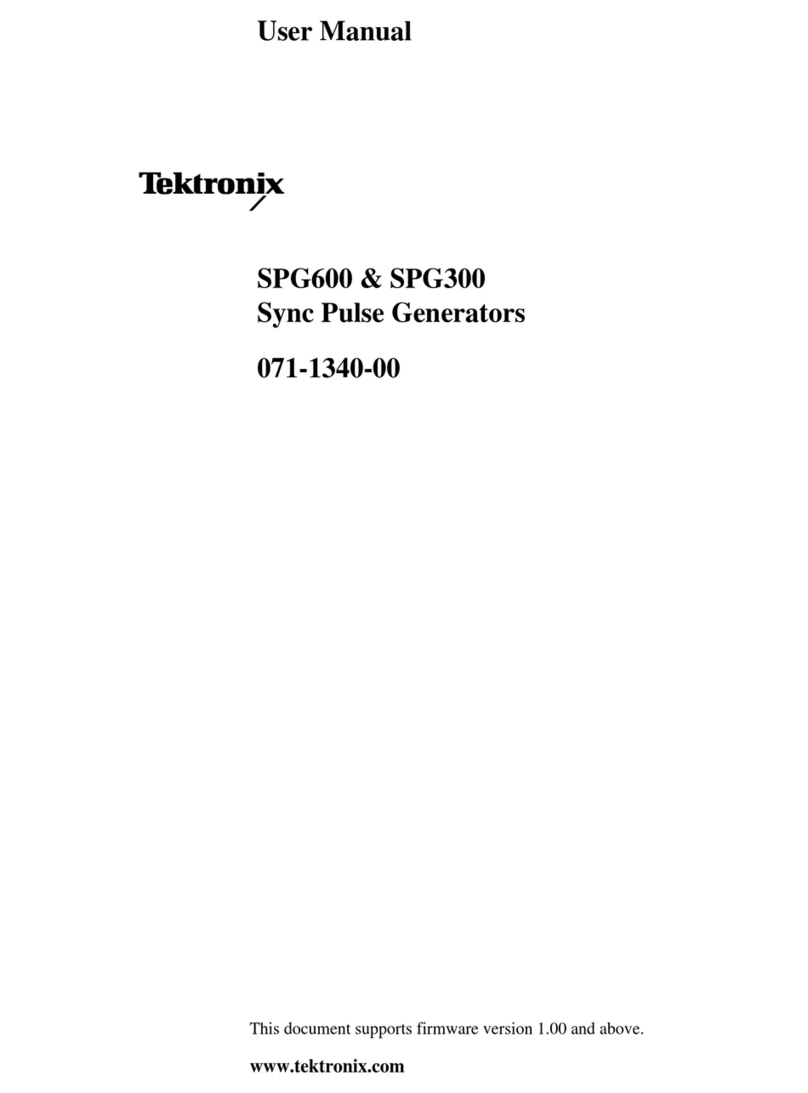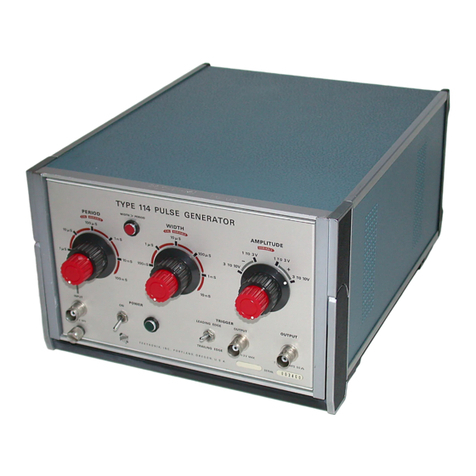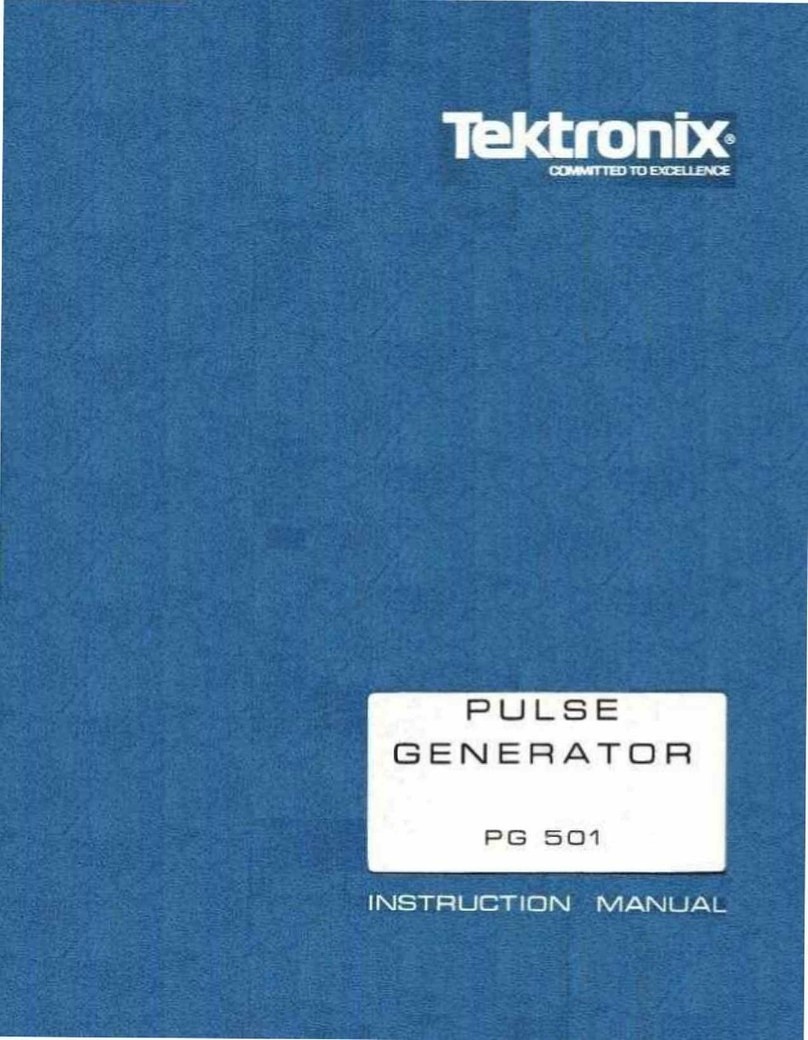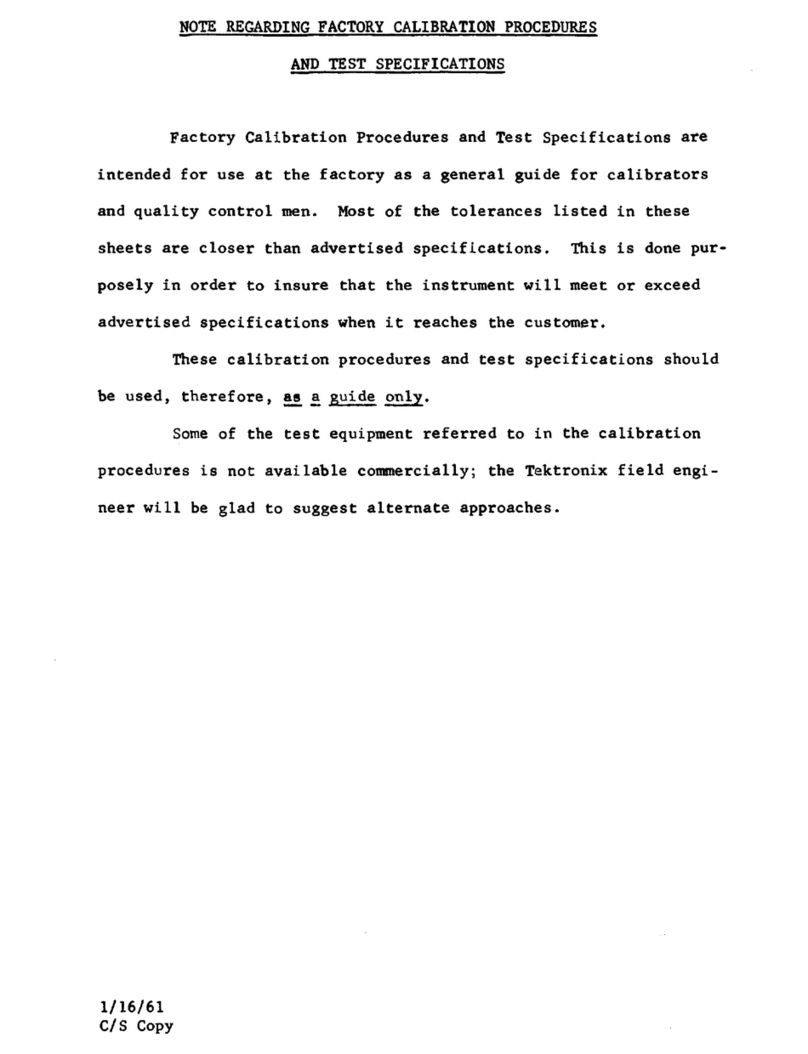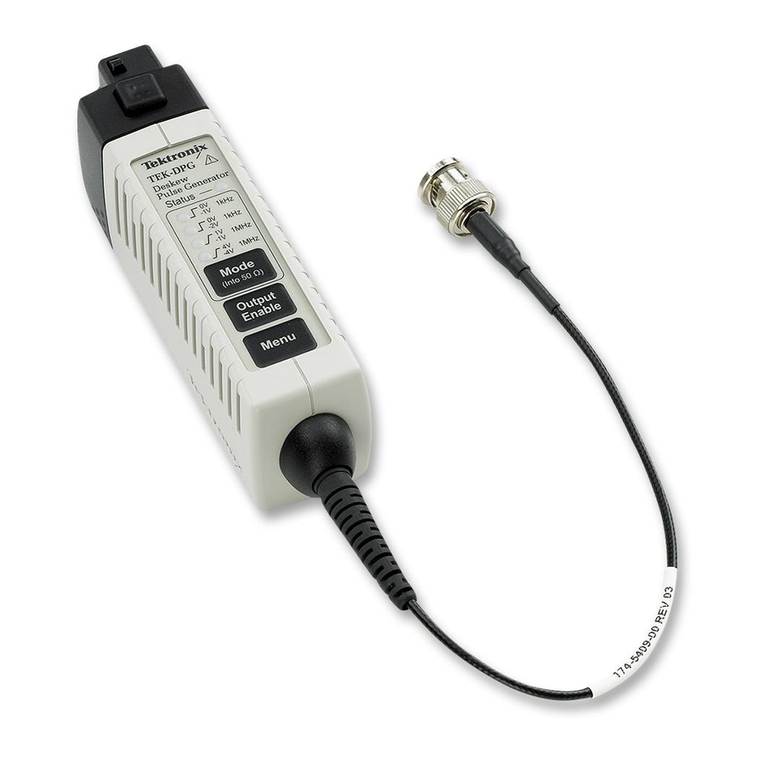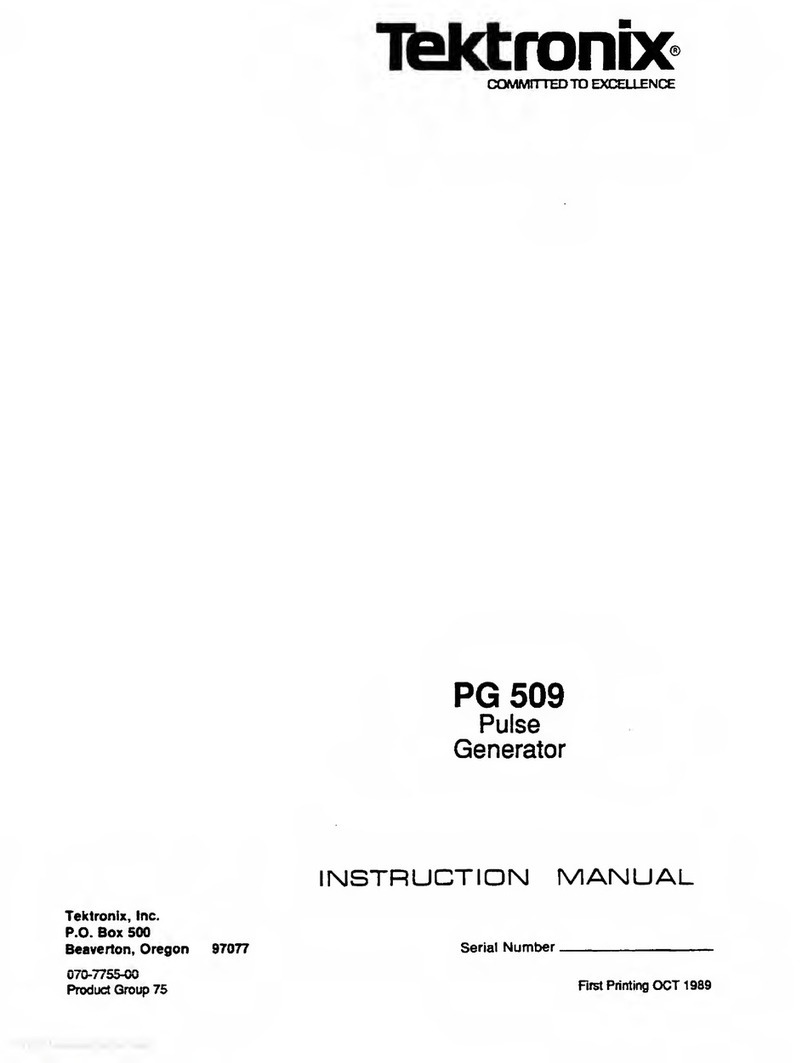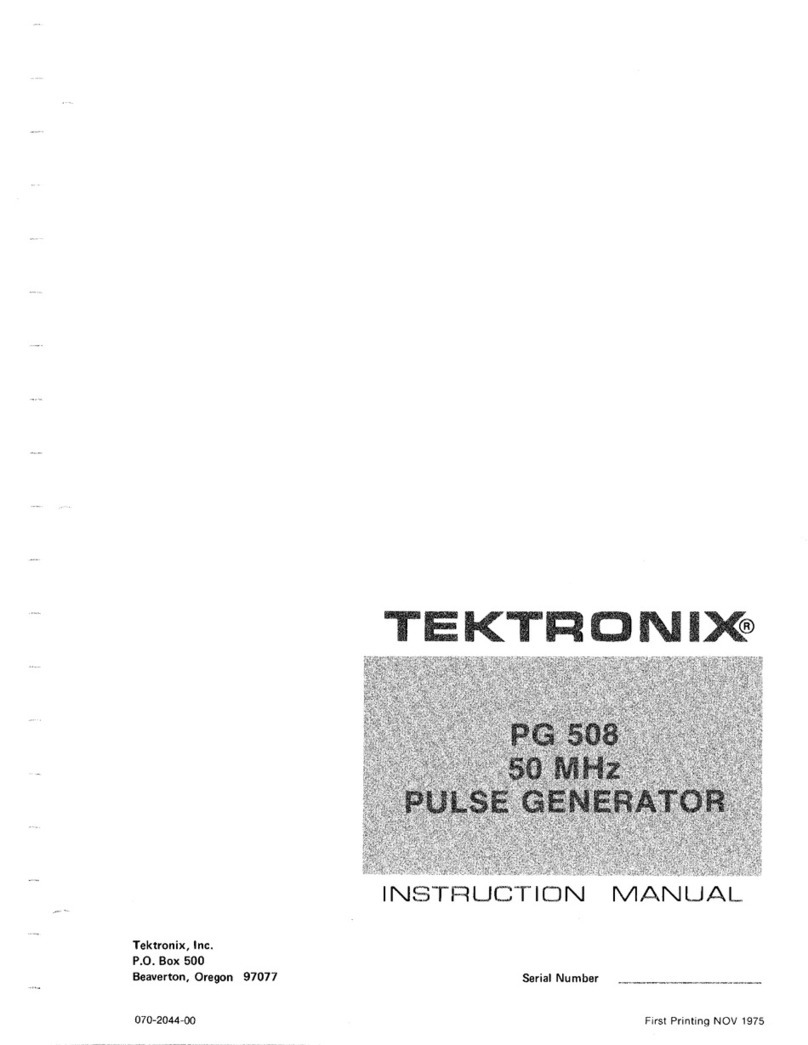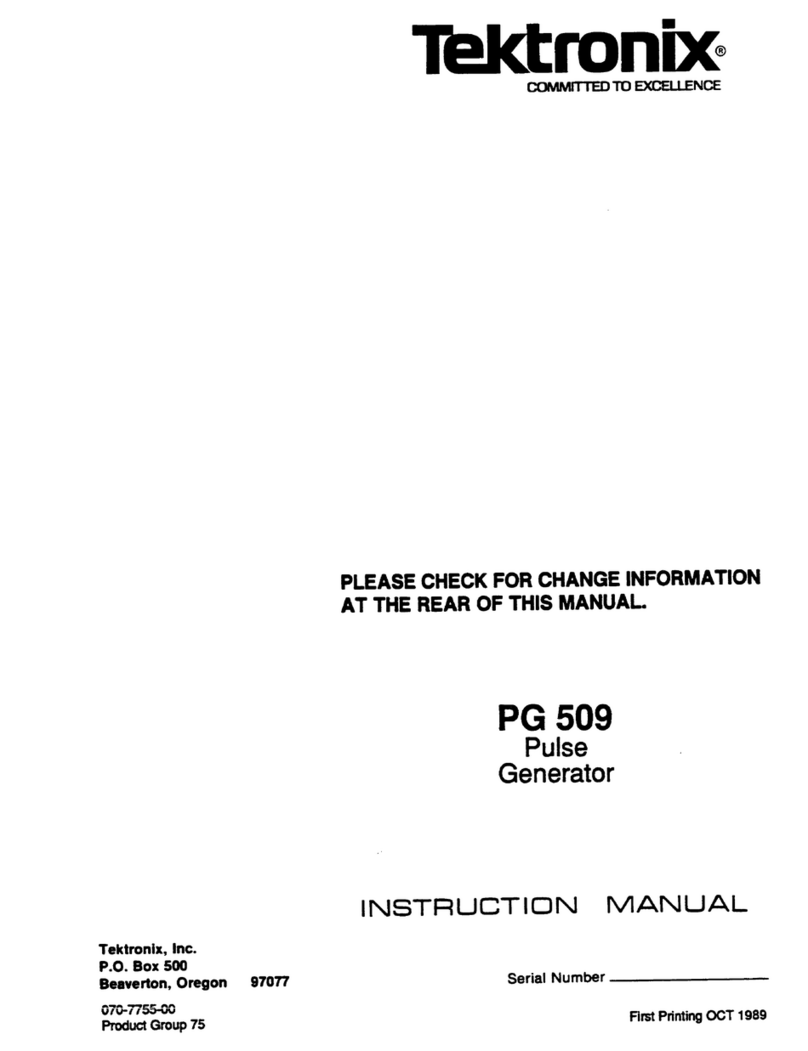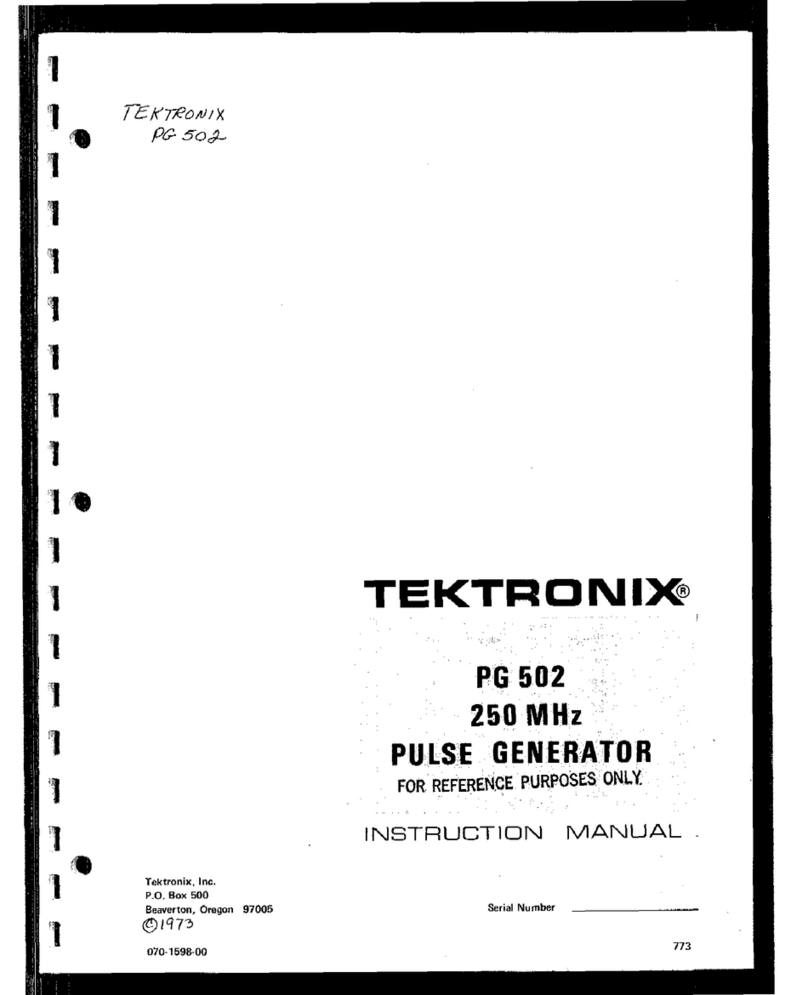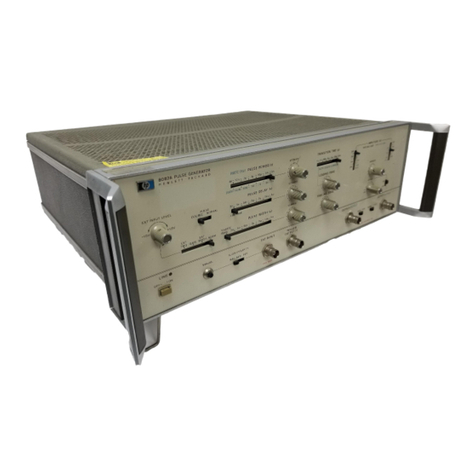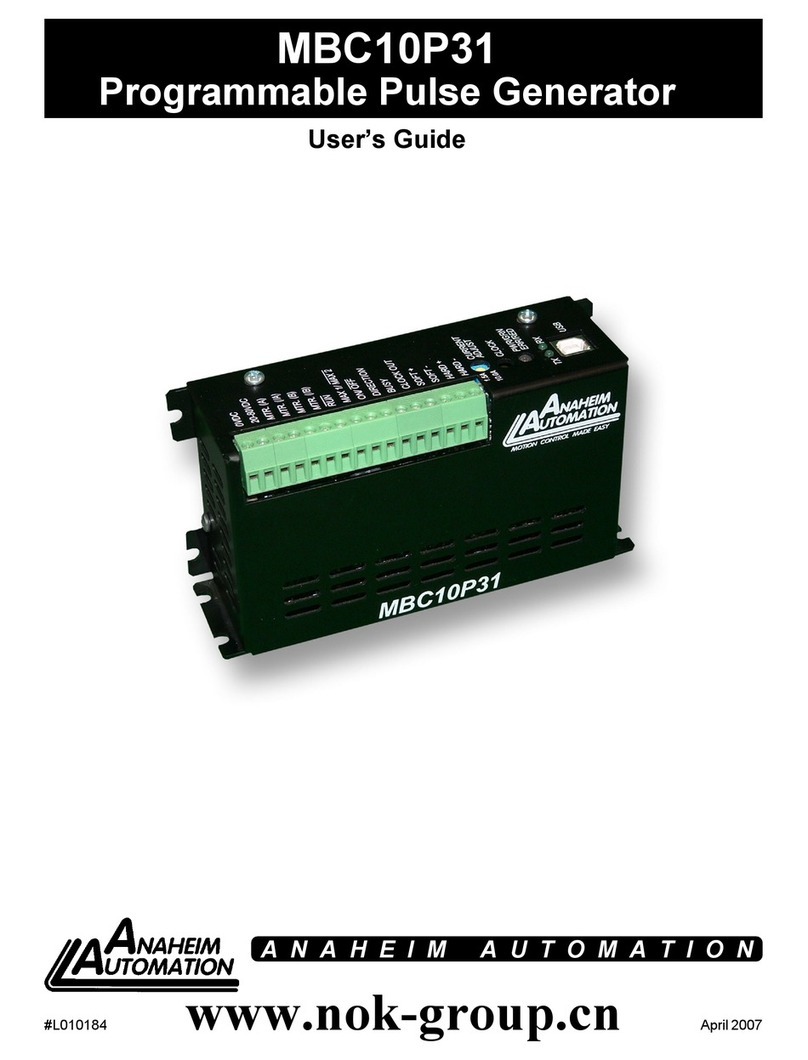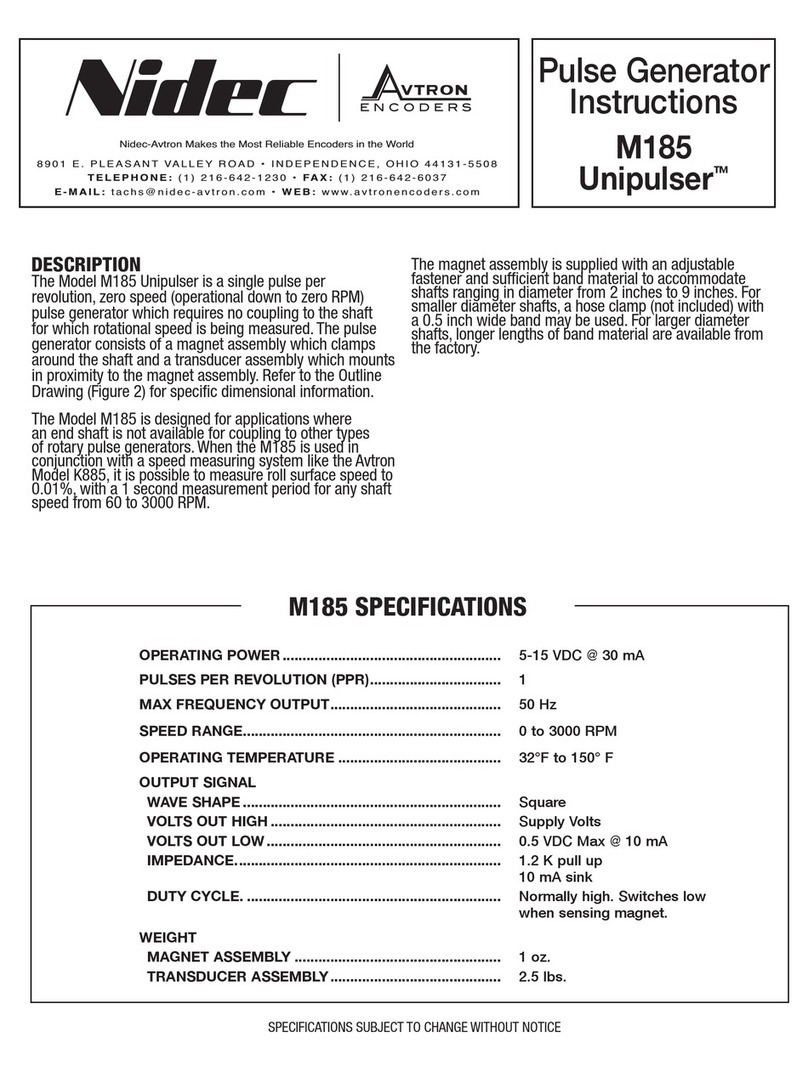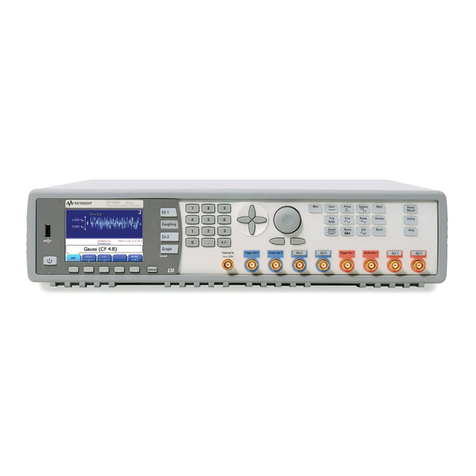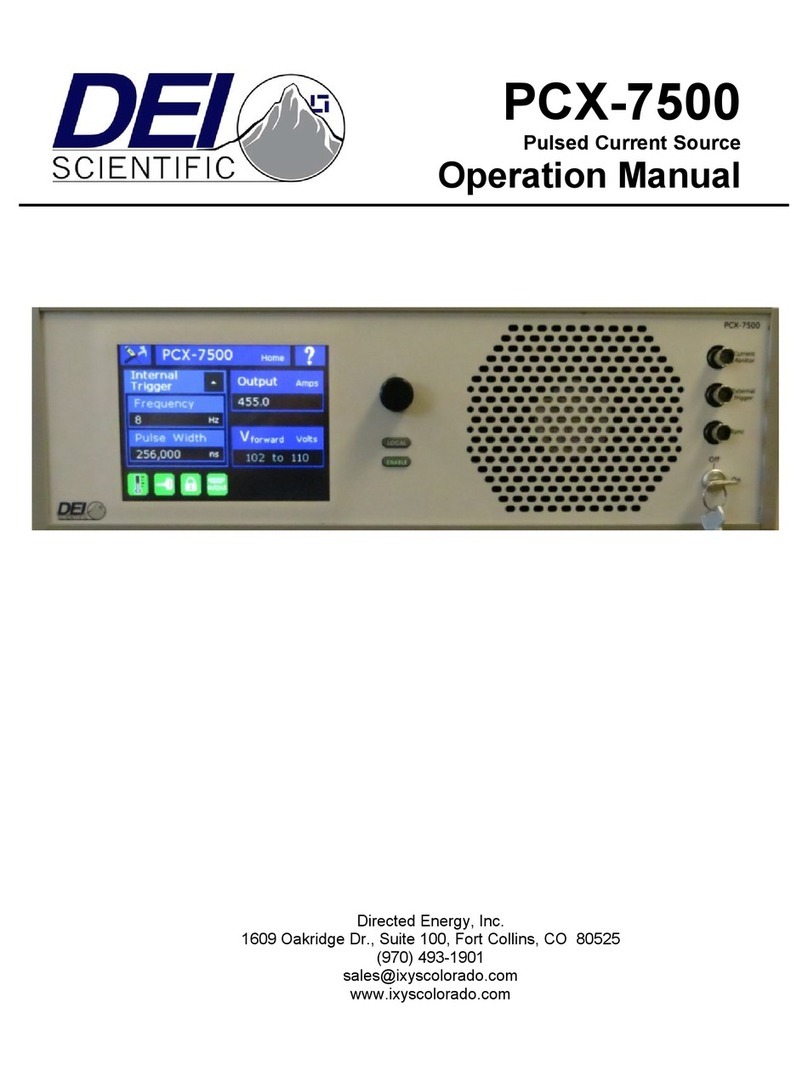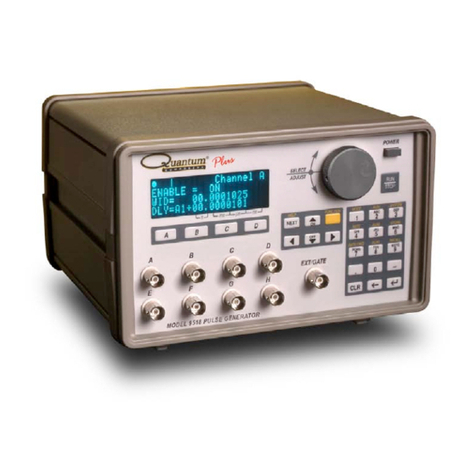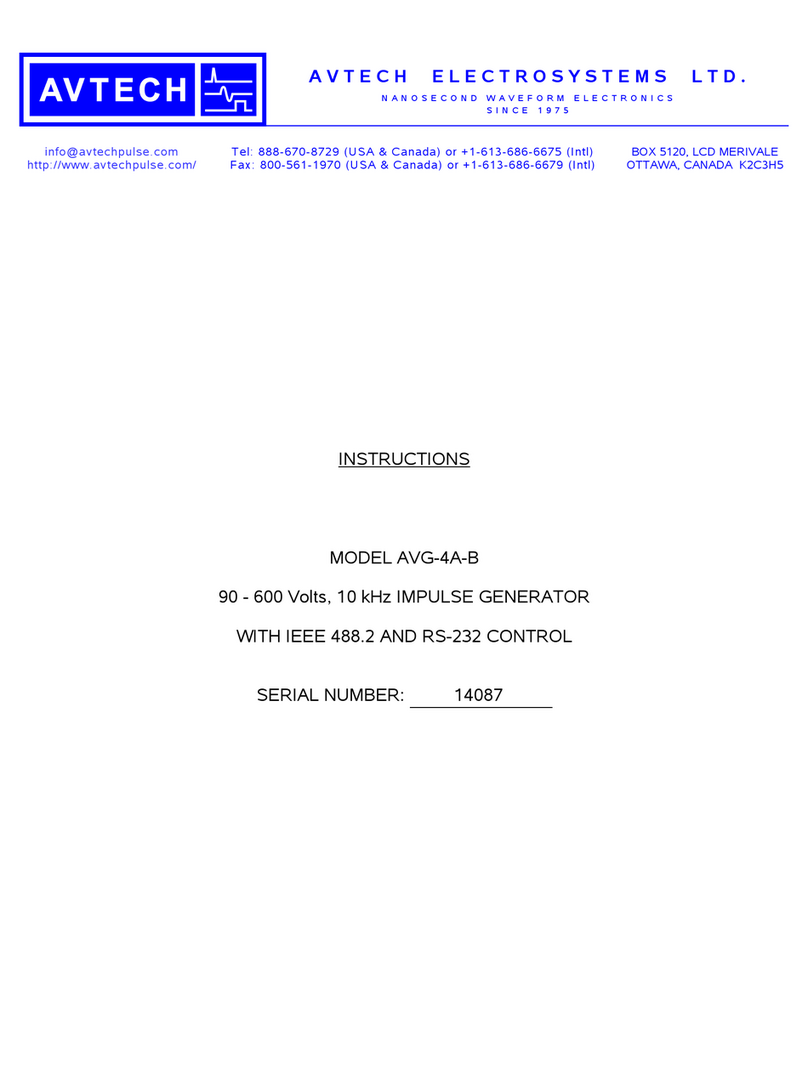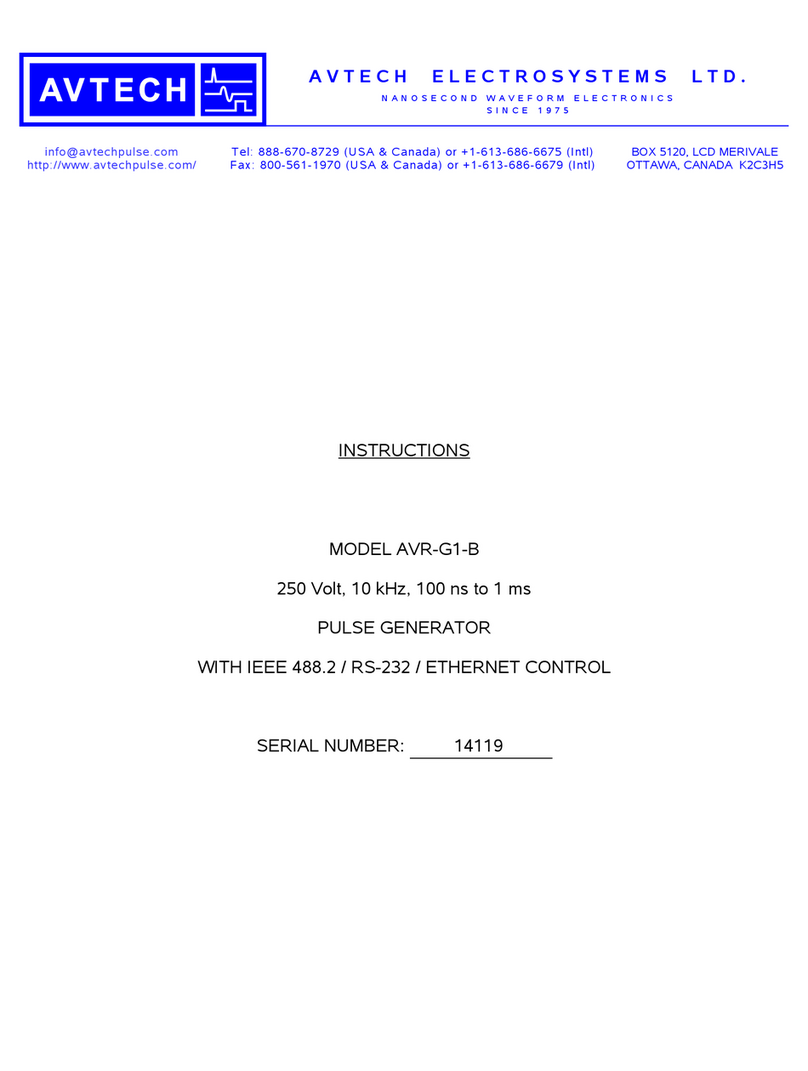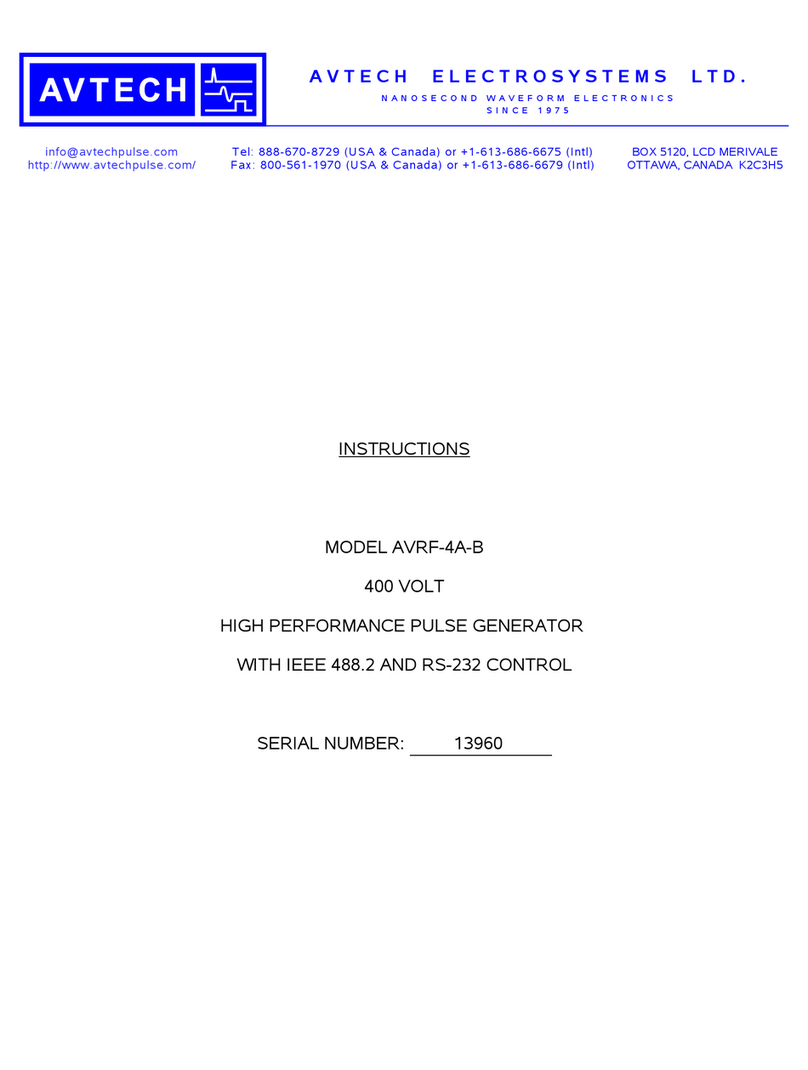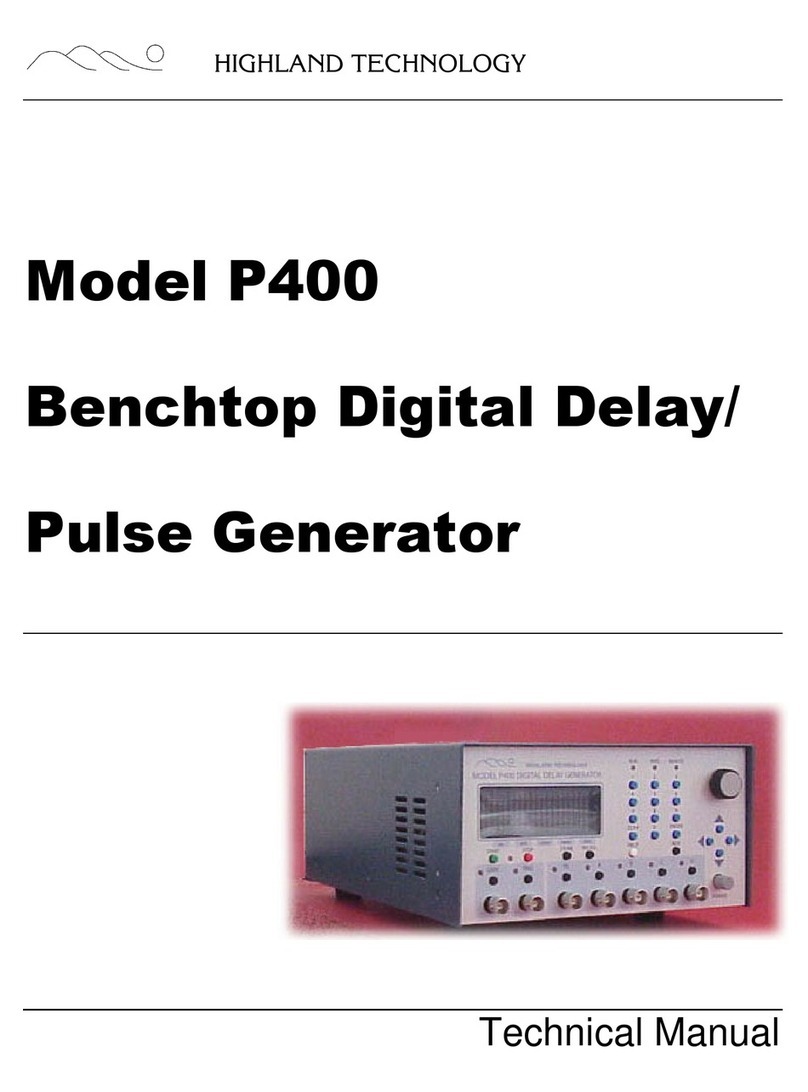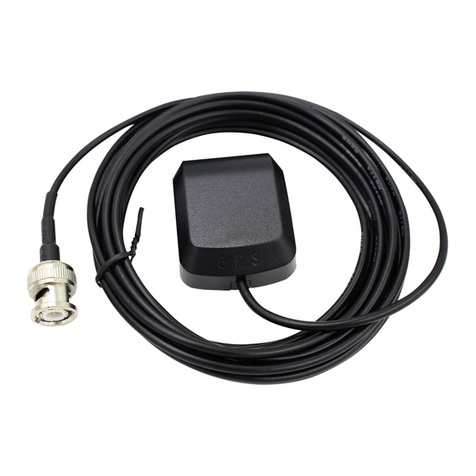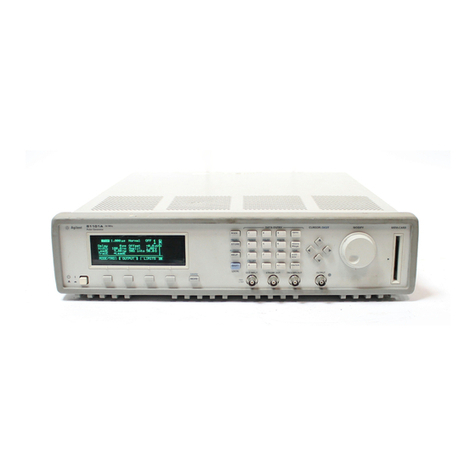
OPERATORS SAFETY SUMMARY
The generel safety mtormatton In this part of the summary Is for
both operating arKl servicing personrtel. Specific wramfngs and
cautions will be fouid throughout the manual where they apply
and do not appear in this surrwnary.
TERMS
In 'Dtls Manual
CAUTION statsmeras Identify conditions or practices that could
result In damage to the equipment or other property.
WARNING statements Identify conditionsorpracticeethat could
result In personal injury or loss of life.
TERMS
Power Sourea
TNs product is mtended to operate from apower source that will
not apply more than 2S0 volts rme betwaan the supply
conductors or between either supply conductor and grtxax). A
protectivegretndccmsctlanbywayofthegroindtngcorKluc-
tor in the power oord Is essential for sate oparation.
GrouncBno the Product
TYtis pro^jd Is grounded through the grounding conductor of
the power cord. To avoid electrical shock, plug the power cord
Into aproperty wired receptacle before making any connections
to the product Input or output terminals. Aprotactivs grocnd
corviacbon bywayofthe grounding conductor In the power cord
is essential for safe operation.
Danger Arising from Lose of Ground
As Marked on Equipment
CAUTION irxiicates apersonal ir^ury hazard not Immediately
accessible as one reads the markin(^ aahazard to property,
including the equipment Itself.
DANGER indicaies apersonal ir^uy hazard Immediataly
accessible as one reads the martdnq.
SYMBOLS
L^on loss of the protective-ground connection, all accessibla
conductive parts Ohduding knobs and controls that mayappear
to be irguiaed) can render an otoctric shock.
Uee the Proper Power Cord
Use ot^ the power cord and comecior^Mctfied for your
product
Use only apower cord that is in good corxlKion.
Um the Proper Fuse
In Thle Manual
TMt tymtMl McMs where appioible oauSanary
or oewr MomuSon eto be lowid.
To avoid fire hazard, uae only afuse Of the correct type, voltage
rating and ajrws rating as specified in the parts list for your
product
Do Not Operate In Explosive Atmoapherea
At Mwkad on Equipment
DANGER-votuge.
Toaveid K^locion. donot operatathls mainjment in anexpioelve
atmosphere iniees it has bean specifically certtfiad for such
opwatiorv
Do Not Remove Covert or Panels
ProlKlIw ground (eerei) tMmfcwl.
ATTENTION -Refr to irenuN.
To avoid personal Injury, do not remove the product covers or
pwrels. Do not operate the Inetrumera without the covers and
panels praparty mstailad.
PG 60S Plies Generator Instruction Manual V
